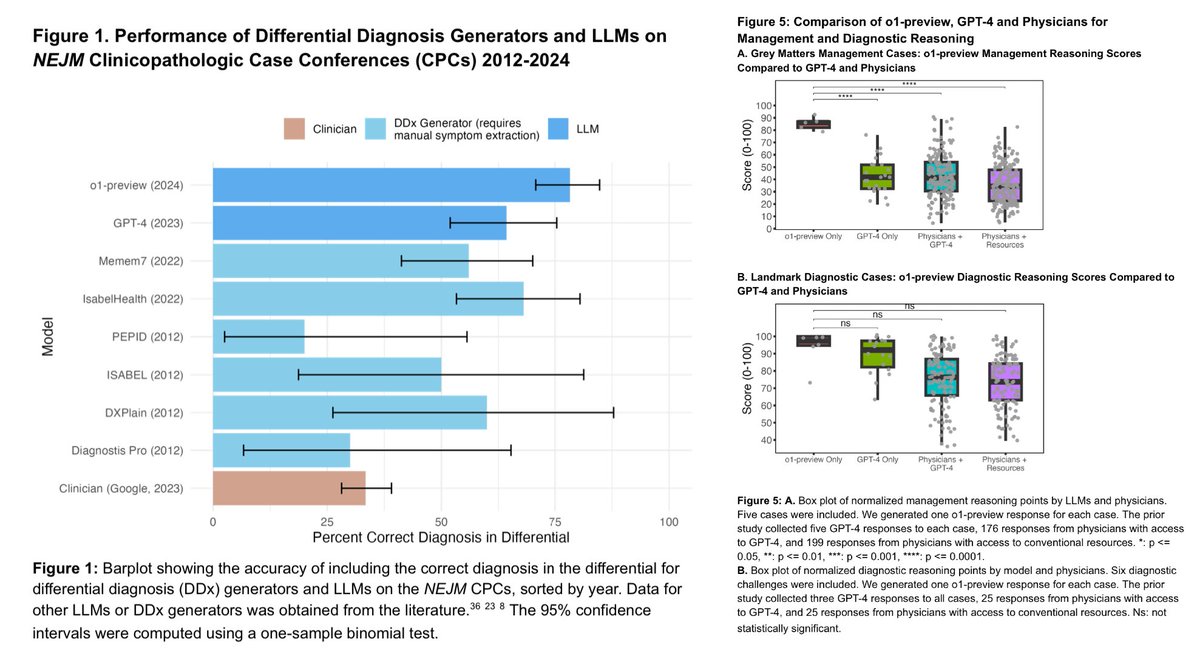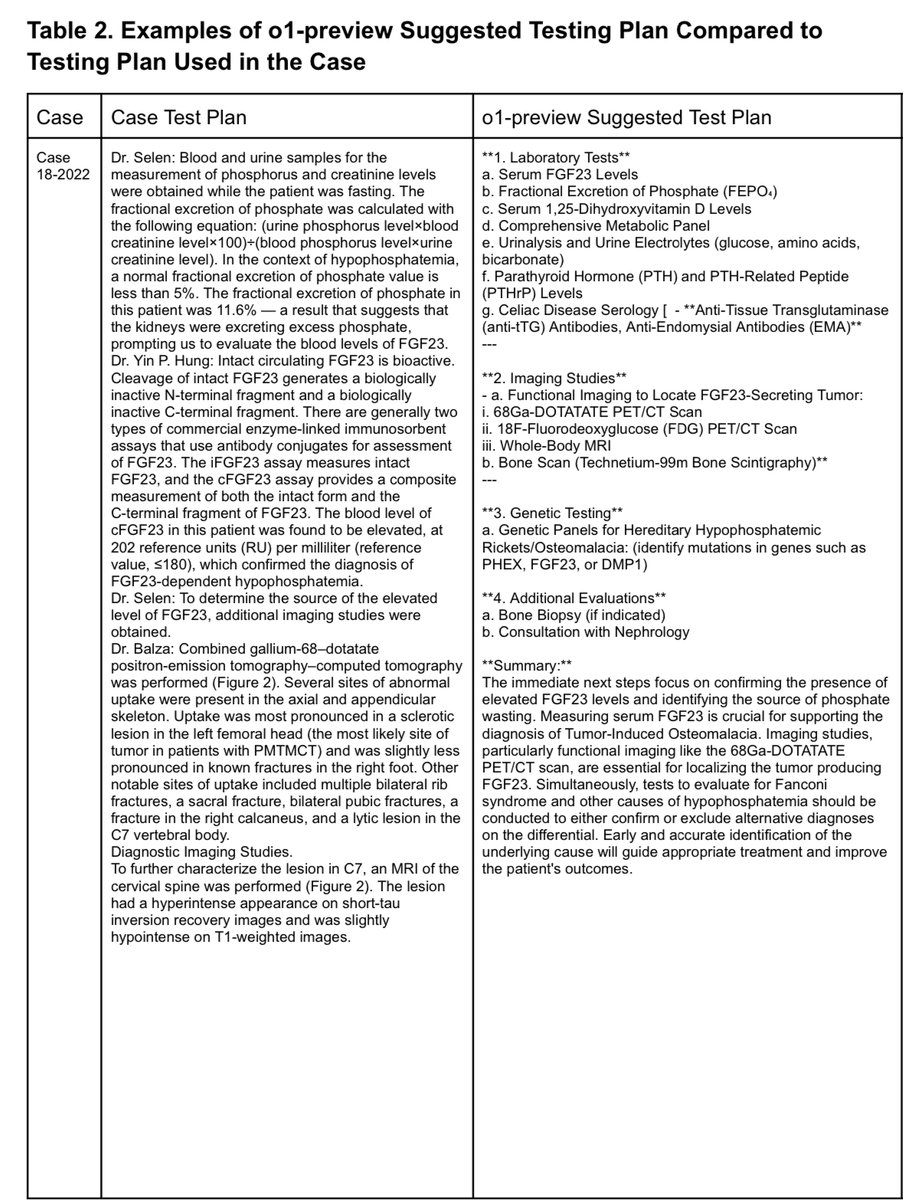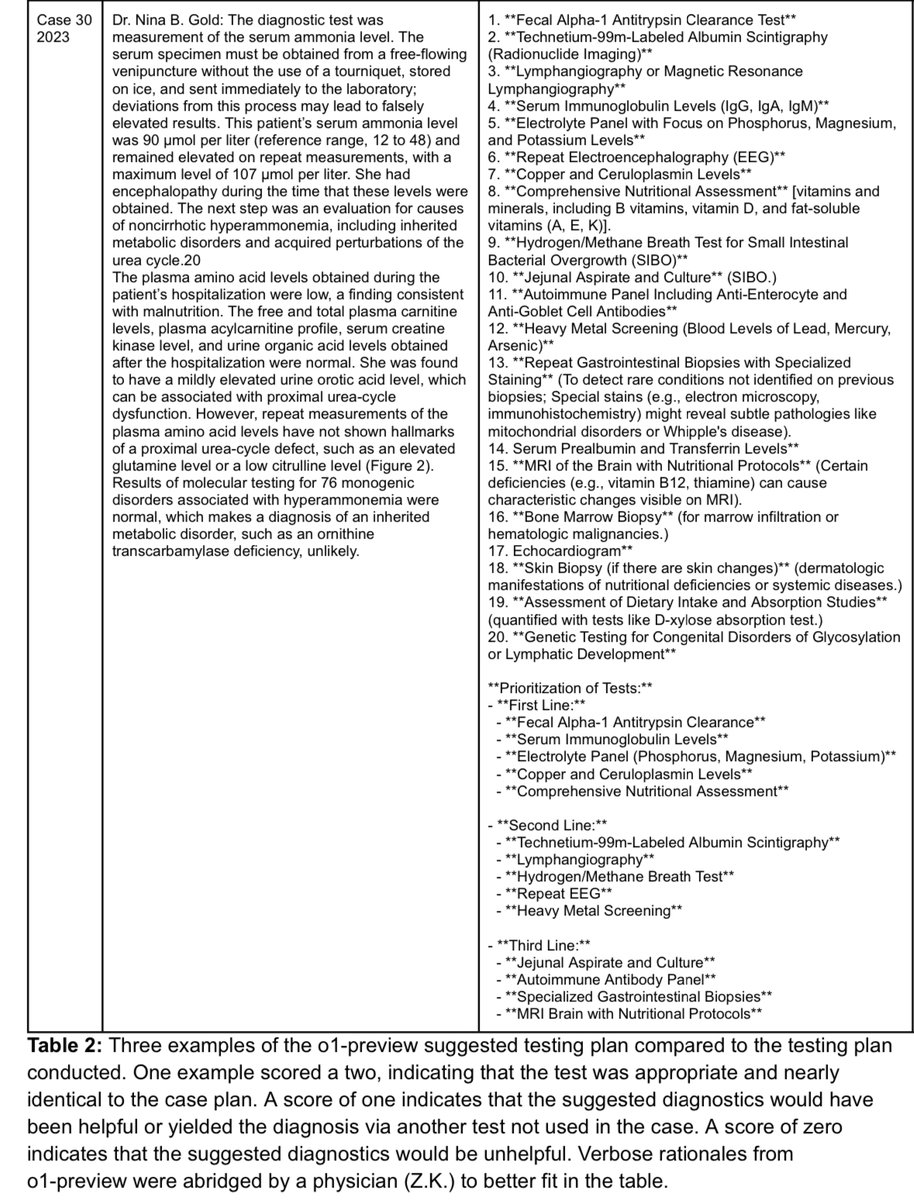Starlink is one of the seminal feats of engineering in history.
It will enable internet that's
— fast 100-300mbps
— uncensored
— cheap $1500/yr
in:
— the most remote areas
— ships in the ocean
— airplanes in the sky
— poles
But few even know what this picture is..
1/10
It will enable internet that's
— fast 100-300mbps
— uncensored
— cheap $1500/yr
in:
— the most remote areas
— ships in the ocean
— airplanes in the sky
— poles
But few even know what this picture is..
1/10

Traditional satellite internet uses geostationary orbit (GEO) - satellites at 36,000km altitude. The physics is simple but the latency is brutal: 600ms+ for signals to make the round trip.
Online gaming? Video calls? Forget it.
2/10
Online gaming? Video calls? Forget it.
2/10
Starlink's solution?
Build a mesh network at 550km altitude with satellites moving at 27,000 km/h. Your data packets are bouncing between thousands of satellites, each serving 2,000+ users. The engineering complexity is insane.
3/10
Build a mesh network at 550km altitude with satellites moving at 27,000 km/h. Your data packets are bouncing between thousands of satellites, each serving 2,000+ users. The engineering complexity is insane.
3/10
Why wasn't this built before?
Physics demands 1000s of satellites to get low latency. Each one used to cost $500M+ and took years to build. SpaceX solved this with mass manufacturing, dropping costs to $250K! A 2000x improvement.
That allowed them to get ~7000 up there!
4/10
Physics demands 1000s of satellites to get low latency. Each one used to cost $500M+ and took years to build. SpaceX solved this with mass manufacturing, dropping costs to $250K! A 2000x improvement.
That allowed them to get ~7000 up there!
4/10
The satellites talk to each other with laser links while they move 7.5km/s relative to each other.
Your path between NYC and LA might use 8 different satellites during a 2-minute connection. Every packet needs dynamic routing through a maze in constant motion.
5/10
Your path between NYC and LA might use 8 different satellites during a 2-minute connection. Every packet needs dynamic routing through a maze in constant motion.
5/10
The satellite tech is wild.
— 4 phased arrays processing Ku/Ka bands
— Hall thrusters ionizing krypton at 2000°C
— optical links pushing 100Gbps
— passive thermal systems handle 200°C temperature swings.
— 0.05° pointing precision
All packed into a flat panel.
6/10
— 4 phased arrays processing Ku/Ka bands
— Hall thrusters ionizing krypton at 2000°C
— optical links pushing 100Gbps
— passive thermal systems handle 200°C temperature swings.
— 0.05° pointing precision
All packed into a flat panel.
6/10
Most spacecraft are built to last 15+ years.
Starlink? 5-7 years max.
By mass-producing cheaper satellites and launching 60 at once, they can constantly replace them with better versions. Old ones burn up in months. Planned obsolescence in space.
7/10
Starlink? 5-7 years max.
By mass-producing cheaper satellites and launching 60 at once, they can constantly replace them with better versions. Old ones burn up in months. Planned obsolescence in space.
7/10
But how do you actually get internet?
Your request beams up to multiple overhead satellites, hops through laser interlinks at Mach 22, hits a ground station near the destination server, and data returns through a new optimized satellite path.
40ms round trip. Wild.
8/10
Your request beams up to multiple overhead satellites, hops through laser interlinks at Mach 22, hits a ground station near the destination server, and data returns through a new optimized satellite path.
40ms round trip. Wild.
8/10
And that picture?
Those are the ground stations - the unsung heroes of Starlink of that connect to the internet backbone. Each one tracks multiple satellites simultaneously, handling seamless handoffs while pumping gigabits through the air.
9/10
Those are the ground stations - the unsung heroes of Starlink of that connect to the internet backbone. Each one tracks multiple satellites simultaneously, handling seamless handoffs while pumping gigabits through the air.
9/10
Together, it's not just internet - it's humanity's first space-based infrastructure platform. GPS enhancement, aircraft tracking, emergency response, and more we haven't imagined.
The internet is just the beginning.
10/10
The internet is just the beginning.
10/10
Some interesting reading is
The old players: Immarsat, Intelsat, Viasat, SES
Emerging competition: SatNet (China), Amazon Project Kuiper, OneWeb, Telesat
But no one has cheap reusable launch infra like SpaceX!
The old players: Immarsat, Intelsat, Viasat, SES
Emerging competition: SatNet (China), Amazon Project Kuiper, OneWeb, Telesat
But no one has cheap reusable launch infra like SpaceX!
Of course, lot of flak for saying $1500/yr is cheap. I meant to say it's relatively affordable given the amount of investment that's had to go into this infrastructure.
As more and more people get on the network, I'm sure the price comes down over time!
As more and more people get on the network, I'm sure the price comes down over time!
*Argon
• • •
Missing some Tweet in this thread? You can try to
force a refresh




















